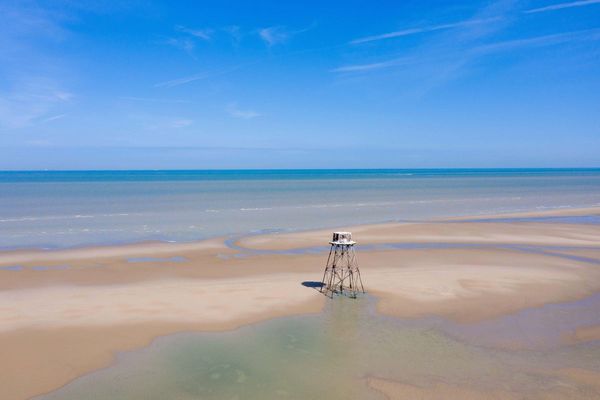If you've seen a killer whale in Australia's eastern waters, you are one of the lucky few.
The apex predators remain elusive to researchers, and little is known about them.
"You can't protect what you don't understand," David Donnelly from Killer Whales Australia said.
Mr Donnelly has dedicated the past 20 years of his life to curating killer whale information, mostly sent in by citizen scientists.
"They are highly mobile, difficult to predict and even when you know they are there, they are difficult to find," he said.
"For only the second time ever, I saw killer whales three weeks ago in Victorian waters, and I live here.
Three known populations
New research by Flinders University has used DNA to identify three populations of killer whales, each with distinct female-driven societies.
Researcher Isabella Reeves said the study found there were separate populations in the north of Western Australia, one in south Western Australia and one in New Zealand.
"We wanted to use DNA to find similarities and differences between animals we had samples of, to work out how many populations there are and if they are connected or not," she said.
Ms Reeves said the picture on the east coast was still unclear.
"We know from Killer Whales Australia's citizen science database that they seem to range on the east coast from Sydney to Hobart and as far west as Portland," she said.
She said researchers needed to understand the animals so they could be properly protected.
"At the moment there are just restrictions on how far you need to be away from them."
Tasman Peninsula a killer whale hotspot
Mr Donnelly said the Tasman Peninsula in Tasmania was one of the only places on the east coast of Australia where the animals could be intercepted by researchers, and it could happen over the next few weeks.
"Any time now we're expecting a call from any of the tour operators down there," he said.
Even then, he said it only happens three to four times a year at most, and the stars had to align in terms of wind, visibility and the speed of the animals.
University of Tasmania phD student Ben Sellers has been studying the diet of killer whales, using tissue samples.
He is ready and waiting to receive a call that the animals have been spotted off Tasmania's east coast.
"The only way we are able to get them is if someone is out on their boat and sees killer whales and they take a video or a photo and then they contact Killer Whales Australia," Mr Sellers said.
"I then jump in my car and drive to Eaglehawk Neck and jump in our research boat."
The success rate isn't high.
"Out of 15 sightings in the past five or six years we were able to intercept them two times," he said.
Mr Sellers wants to attach a satellite tag to one of the animals to see where they spend their time, but doing that is no mean feat.
So far, the conditions haven't been right or the animals have been evasive.
"Sometimes they are really chilled out and will hang around the boat, other times they are on their way somewhere travelling and the best you get is a photo," he said.
Citizen science crucial
Mr Donnelly said citizen science had been crucial in building a catalogue of sightings, and anyone who saw a killer whale should contact Killer Whales Australia.
"Killer whales are Australia's top predator," he said.
"Some might argue that is one of the most important species to study because it gives you an understanding about what's happening in the eco-system."
There are only about 60 killer whales in the east coast catalogue, but it is believed the numbers are in the low hundreds.
"When you think about the expanse of that habitat, that's not a lot of animals," he said.
"Imagine 300 people turning up at the MCG on grand final day, it would look empty."
'Efficient killers'
Mr Sellers has been using biochemical analysis to understand the mammals' diet, which he said was crucial in working out if there were any resource conflicts and the impact of climate change.
Tissue biopsies from live and dead killer whales enable him to extract fats and oils and break it down for examination.
"Certain fatty acids can correspond to specific prey items," he said.
"It gives you an idea of what the animals have been eating without disturbing them too much."
It seems that killer whales are not fussy eaters, consuming a broad diet of dolphins, humpback whales, seals, stingrays and fish.
The whales can target humpback calves, even if a male whale is with them.
"They are really efficient killers," Mr Sellers said.
"They are very, very clever."
He said the gaps in knowledge about killer whales meant management decisions couldn't be made.
"They are such an iconic species that you'd think we'd know more so much about them," he said.







